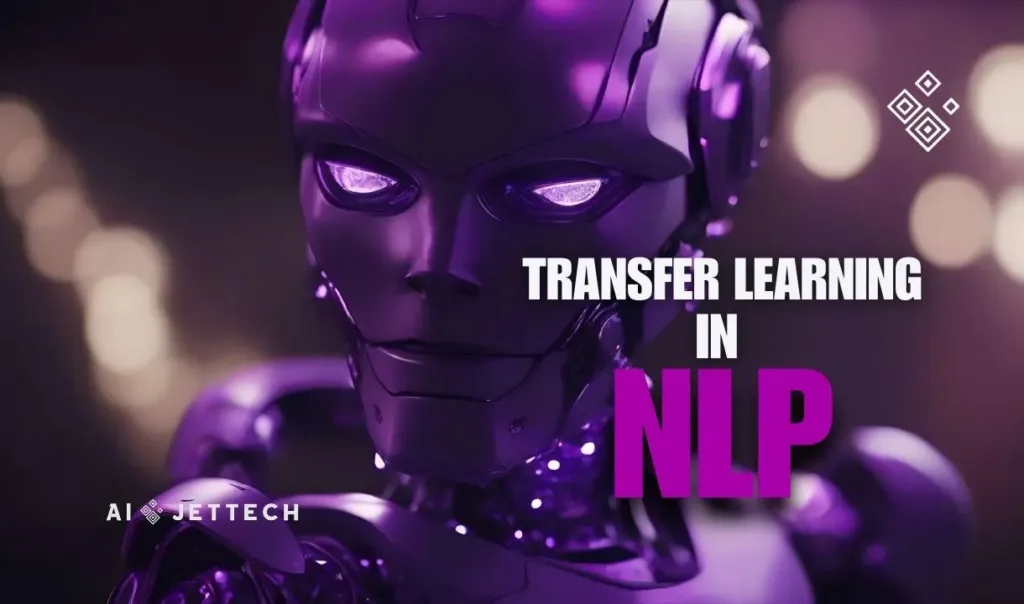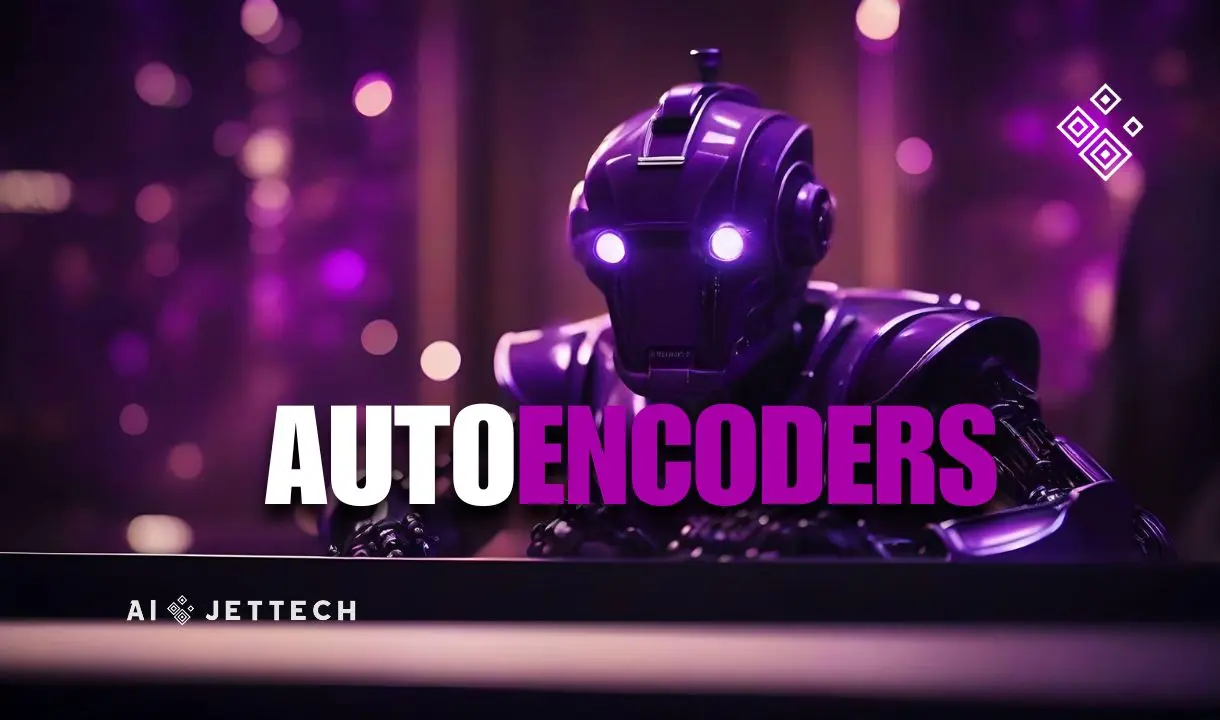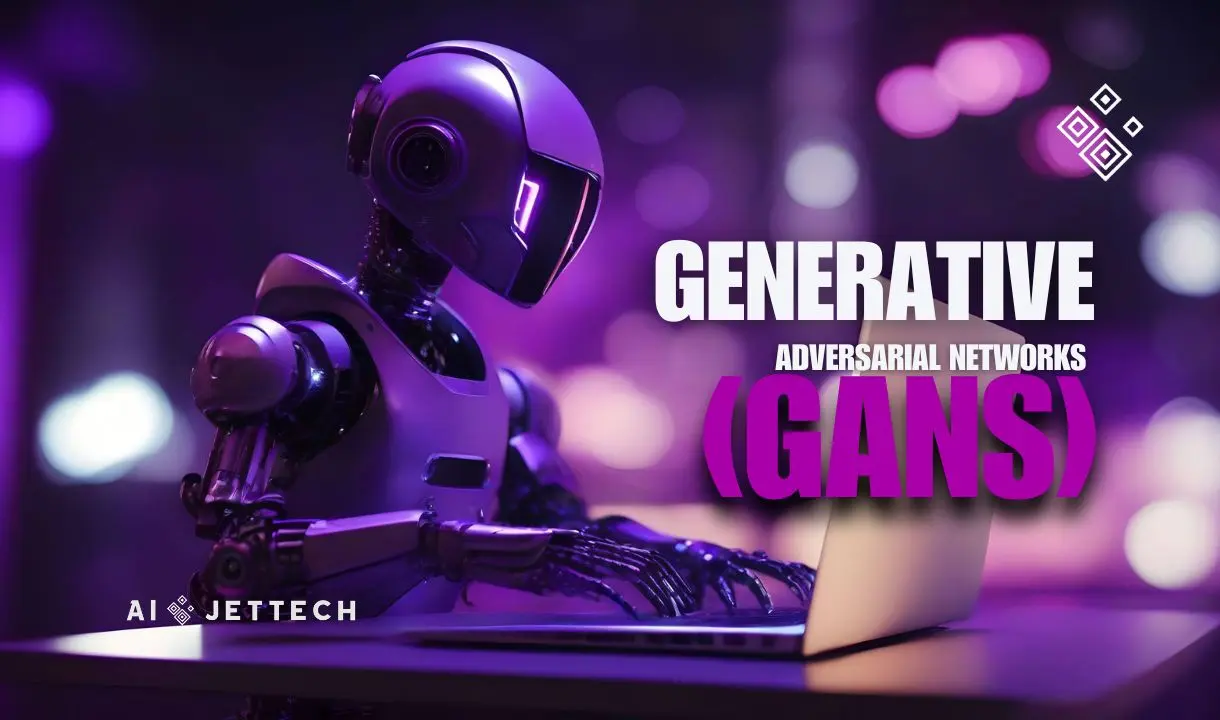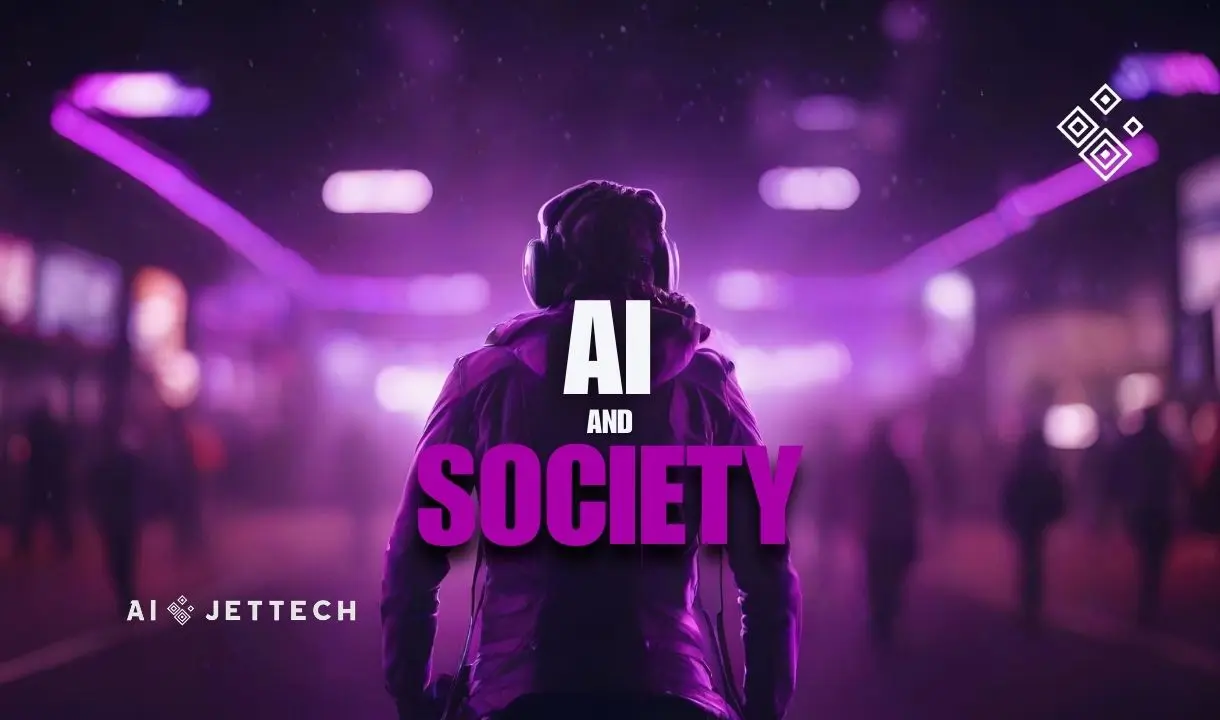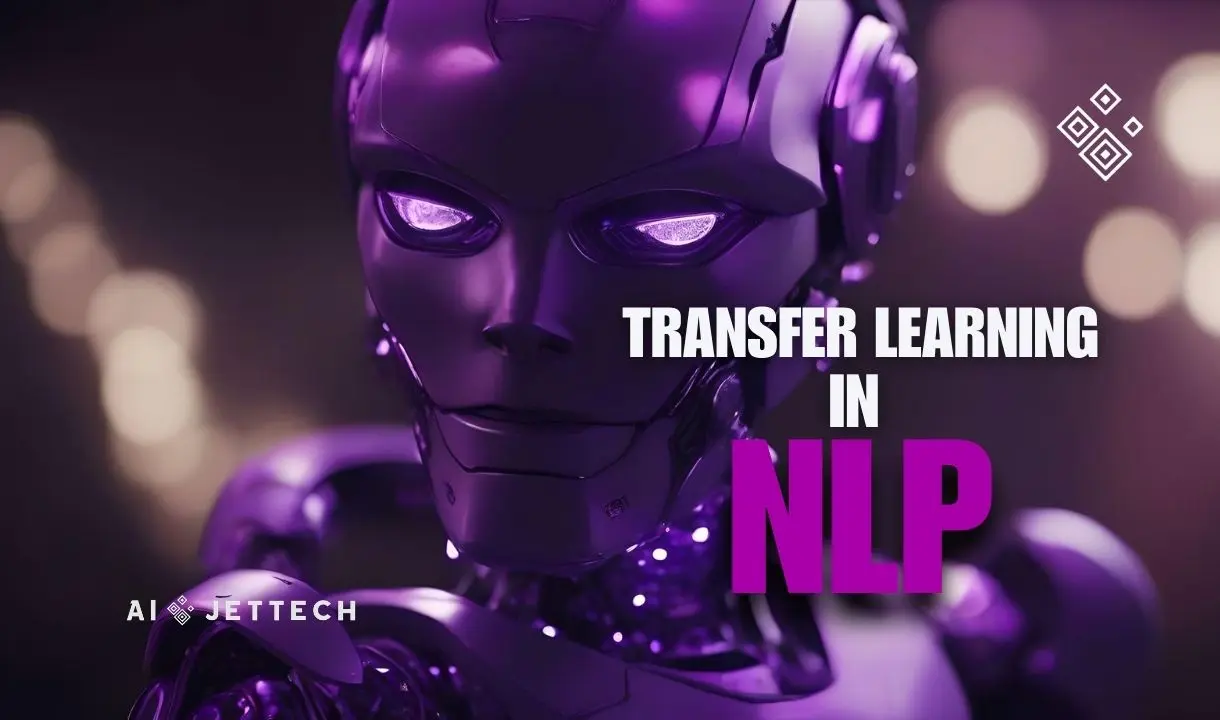What is Transfer Learning?
Transfer learning, a cornerstone in the realm of Natural Language Processing (NLP), transforms the way we approach language models. It’s akin to giving a new employee a comprehensive manual about your company’s operations, significantly shortening their learning curve. In NLP, this “manual” comes in the form of pre-trained language models which have already learned a vast amount of information about language from extensive datasets.
Pre-trained Language Models: The Iceberg Beneath
Imagine an iceberg, where what you see above the water is the specific NLP task at hand, but beneath the surface lies the massive, pre-trained model. These models, having been exposed to the breadth and depth of language, understand its nuances, structures, and variations. By standing on the shoulders of these giants, we can reach heights previously unimaginable in tasks such as sentiment analysis and text classification.
Fine-tuning: The Art of Specialization
Fine-tuning is akin to teaching an experienced chef a new recipe. They have the foundational skills; they just need to learn the specifics. In NLP, fine-tuning involves taking a model that understands language broadly and teaching it the nuances of your specific task. This process involves:
- Introducing the model to your dataset, which could be reviews for sentiment analysis or articles for classification.
- Adjusting the model’s parameters slightly through training so it becomes specialized in your task.
- Evaluating its performance and iterating as necessary.
This method is efficient, reducing the need for vast amounts of data and computational resources typically required to train a model from scratch.
Sentiment Analysis: Understanding the Pulse
Sentiment analysis exemplifies transfer learning’s power. By leveraging a pre-trained model, we can discern the underlying sentiment in texts, from customer reviews to social media posts. This application is crucial for businesses to gauge customer satisfaction and tailor their strategies accordingly.
Text Classification: Sorting the Library
Text classification is another realm where transfer learning shines. Whether categorizing news articles, tagging customer inquiries, or organizing academic papers, pre-trained models provide a strong foundation. With fine-tuning, these models can quickly adapt, making sense of the data’s inherent structure and themes, much like a librarian categorizes books into genres.
What is Transfer Learning in NLP in short?
Transfer learning in NLP leverages pre-trained models to efficiently tackle specific tasks like sentiment analysis and text classification, significantly reducing the need for vast data and computational resources.
Transfer Learning in NLP Example
Imagine teaching someone to drive who has already learned to ride a bicycle. They understand the basics of balancing and navigating, so you're not starting from scratch. Similarly, transfer learning in NLP starts with a model that already understands language, making it easier to teach it new tasks.
The Symphony of Transfer Learning in NLP
Transfer learning in NLP is a symphony where pre-trained models are the orchestra, fine-tuning is the conductor, and the applications, like sentiment analysis and text classification, are the music produced. It’s a harmonious process that allows for the creation of sophisticated NLP applications with relatively minimal effort. Through this approach, we’re not just building on what came before; we’re elevating it to new heights, making the complex world of human language ever more accessible to machines.
Try it yourself : Explore and experiment with a pre-trained language model. Try fine-tuning it with a small dataset relevant to your interest or work. Observe how the model adapts and improves its performance with your specific task.
“If you have any questions or recommendations concerning this course, please not hesitate to contact us or leave a comment below. We’d love to hear from you! 🚀💡”

